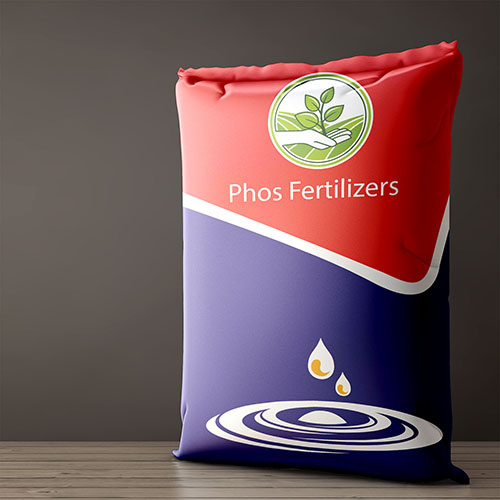Welcome to PhosFertilizers, we hope you will enjoy our products and have good experience
Rock Phosphate Fertilizer
Rock Phosphate Fertilizer

The winterizing Rock Phosphate Fertilizer should be performed in the late fall; anytime from October through the end of November is the appropriate timeframe for our service area. Between October and November, shoot growth starts to slow down and seize, but root growth will pick up and continue until the soil freezes. New Jersey also has restrictions on when Rock Phosphate Fertilizer can be applied in the year. For more information about New Jersey Rock Phosphate Fertilizer laws.Once the soil temperatures get low enough, the turf plant slows down growth of the shoots above the soil and stops producing chlorophyll. This is when you might notice the grass turning a brown or tan color. During this time, the turf shifts growth from the leaves above the surface to the roots under the soil. Even though it looks like the grass has stopped working up top, it doesn’t mean the roots below have stopped working. The grass stores carbohydrates in the roots and uses the carbohydrates it has for food over the winter. A winterizing Rock Phosphate Fertilizer provides the turf the nutrients it uses during the winter months.A winterizing Rock Phosphate Fertilizer also helps increase rooting of the grass plants. Maximum rooting occurs in the early spring and again in the fall. When developing turf, you want to promote growth and development of the plant’s roots. The winterizing Rock Phosphate Fertilizer provides another opportunity to supply nutrients needed for the turf to increase the size and number of the roots in the soil. Increased roots help the turf take in more nutrients and moisture which will produce a stronger, healthier overall grass plant.Further, applying a winterizing Rock Phosphate Fertilizer to the lawn helps promote “green up” in the springtime. As we said above, the turf holds its nutrients in the roots during the winter months. Once the temperatures start to rise and the days become longer, the grass draws from the nutrient reserves in the roots to begin growing and greening up. Having these nutrients readily available in the spring allows the turf to green up when the soil temperatures are warm enough.
